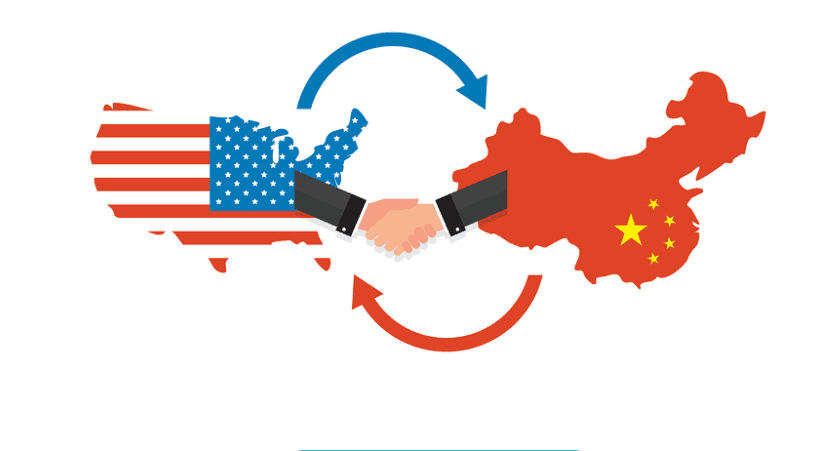Der er ingen grund til at juble over første fase af den amerikansk-kinesiske handelsaftale, for den rummer megen usikkerhed, f.eks. om kinesernes køb af amerikanske landbrugsvarer.
Uddrag fra ABN Amro:
The détente announced last week in the US-China trade war is certainly a positive development, and came close to our expectations of a ‘truce’ (i.e. tariff ceasefire) with some limited rollback of existing tariffs (the 15% tariff on $120bn of imports will fall to 7.5%, with the 25% tariff on $250bn remaining).
What came as a surprise were the commitments apparently made by China to import an additional $200bn in goods and services above 2017 levels (i.e. $386bn in total) over the next two years. Given the low base because of the recent fall in imports, this would necessitate a dramatic rise in annual imports from current levels by the end of 2021. Indeed, official communication from China has so far been notably lacking in detail on the amounts imports from the US would rise by, and Chinese officials cautioned in a rare press conference last Friday that any increases ‘should be based on market principles and WTO rules’. This provides ample cover for any shortfall in import increases, and it would arguably be at the US’s discretion whether China will have done enough to fulfil its side of the bargain when the time comes.
Such parameters defining the deal means trade relations will remain fragile, and while a step in the right direction, we fear the deal could be torn up if President Trump finds himself dissatisfied with the progress made next year. As such, while the downside risks to growth are certainly lower than in a continued escalation environment, we think global business confidence will remain relatively subdued. This was underlined today by the renewed fall in manufacturing PMIs in the eurozone. Combined with continued relatively tight financial conditions in China (compared with the previous two cyclical upswings in 2010-11 and 2016-17), we continue to expect only a mild recovery in the industrial sector later next year, keeping growth below trend in the advanced economies. (Bill Diviney & Arjen van Dijkhuizen)




